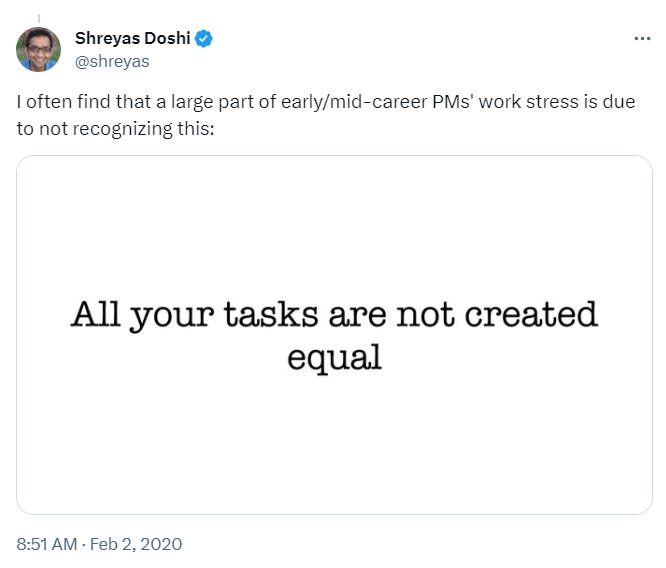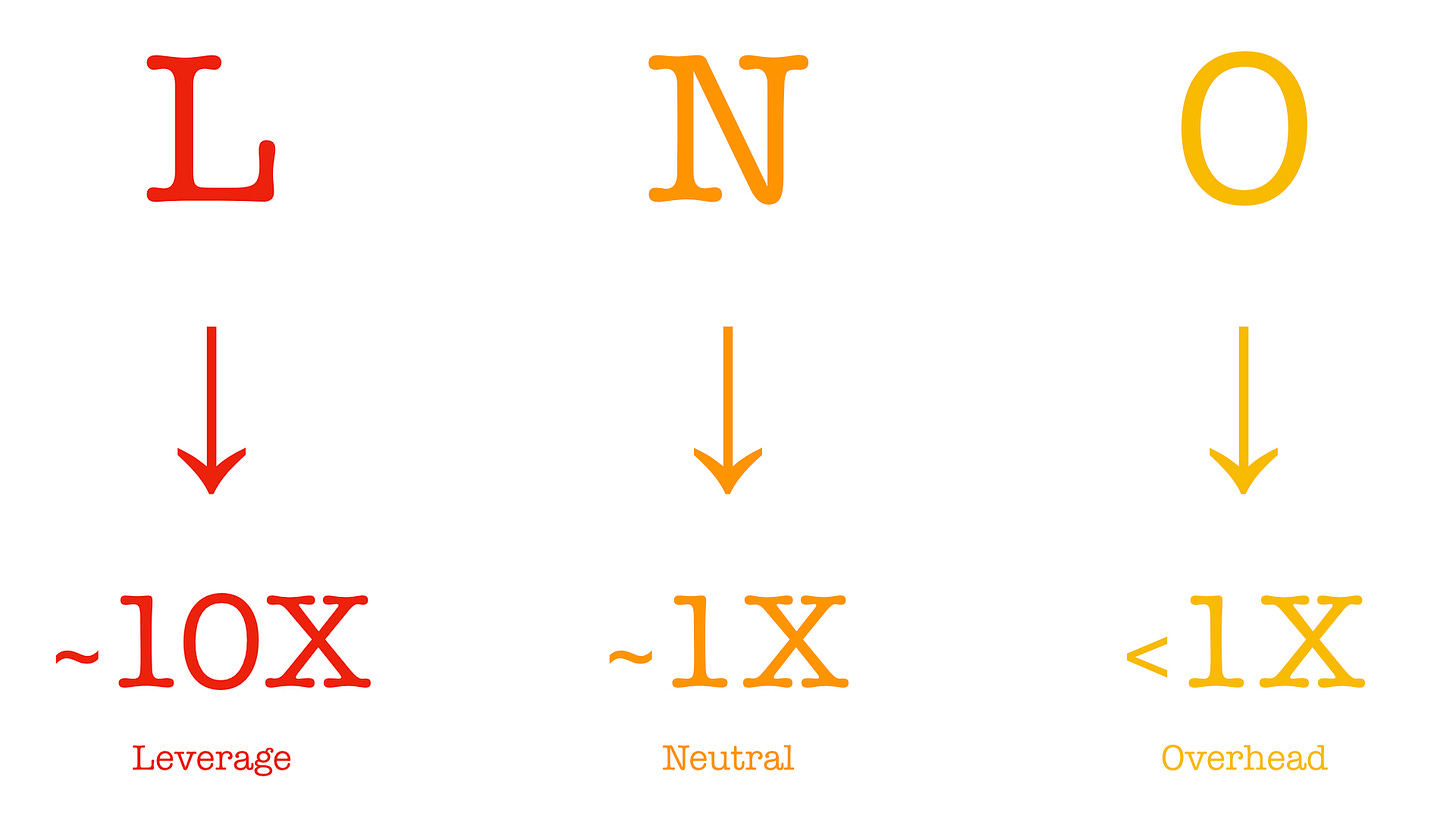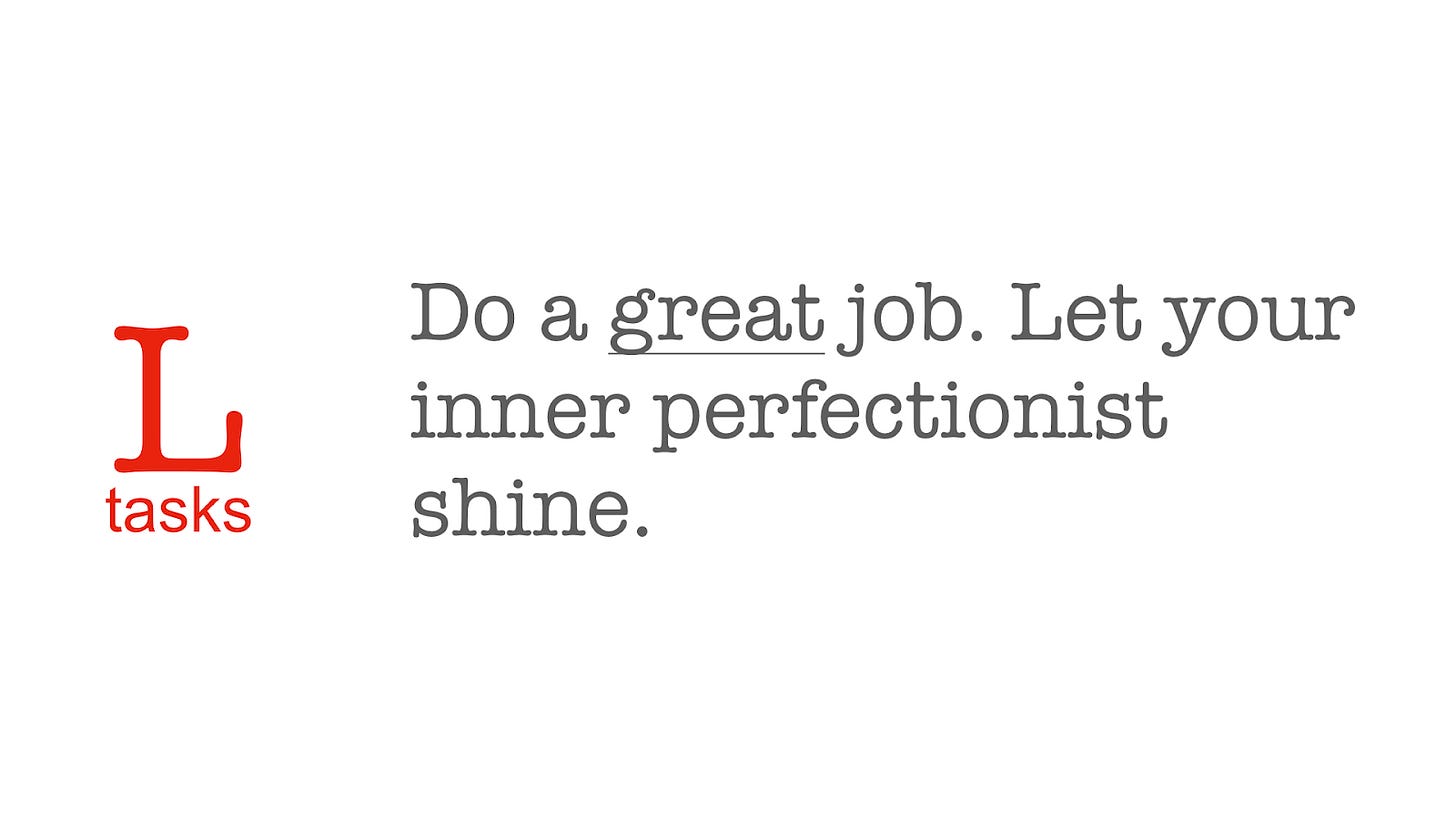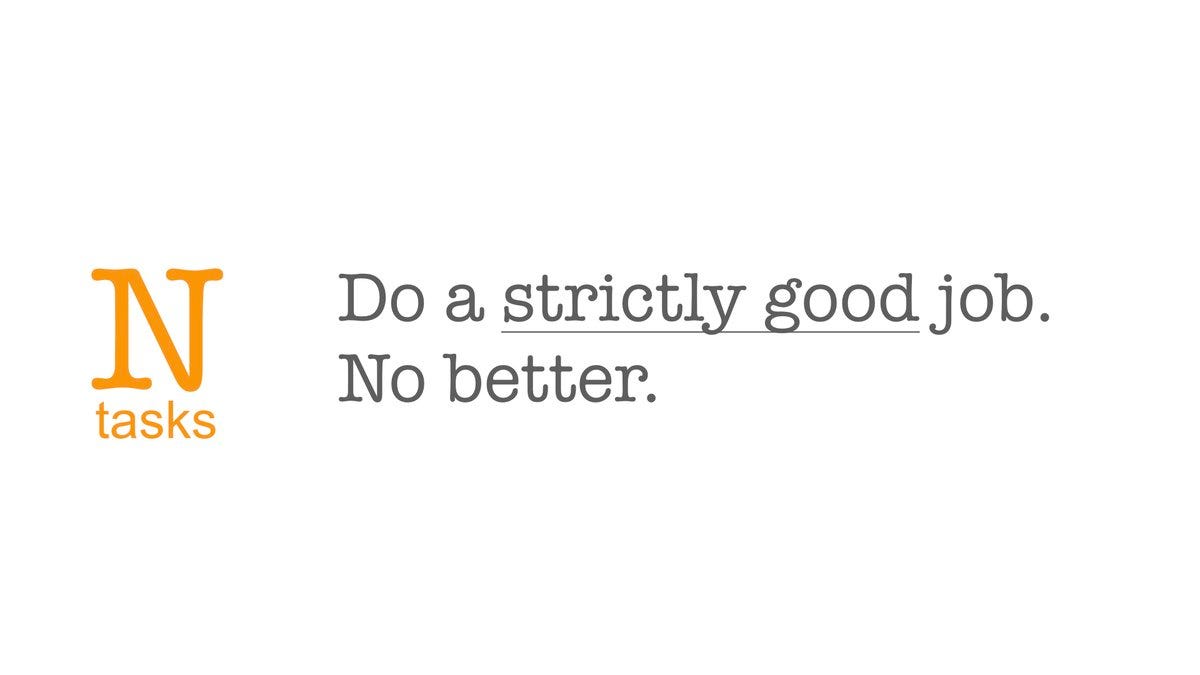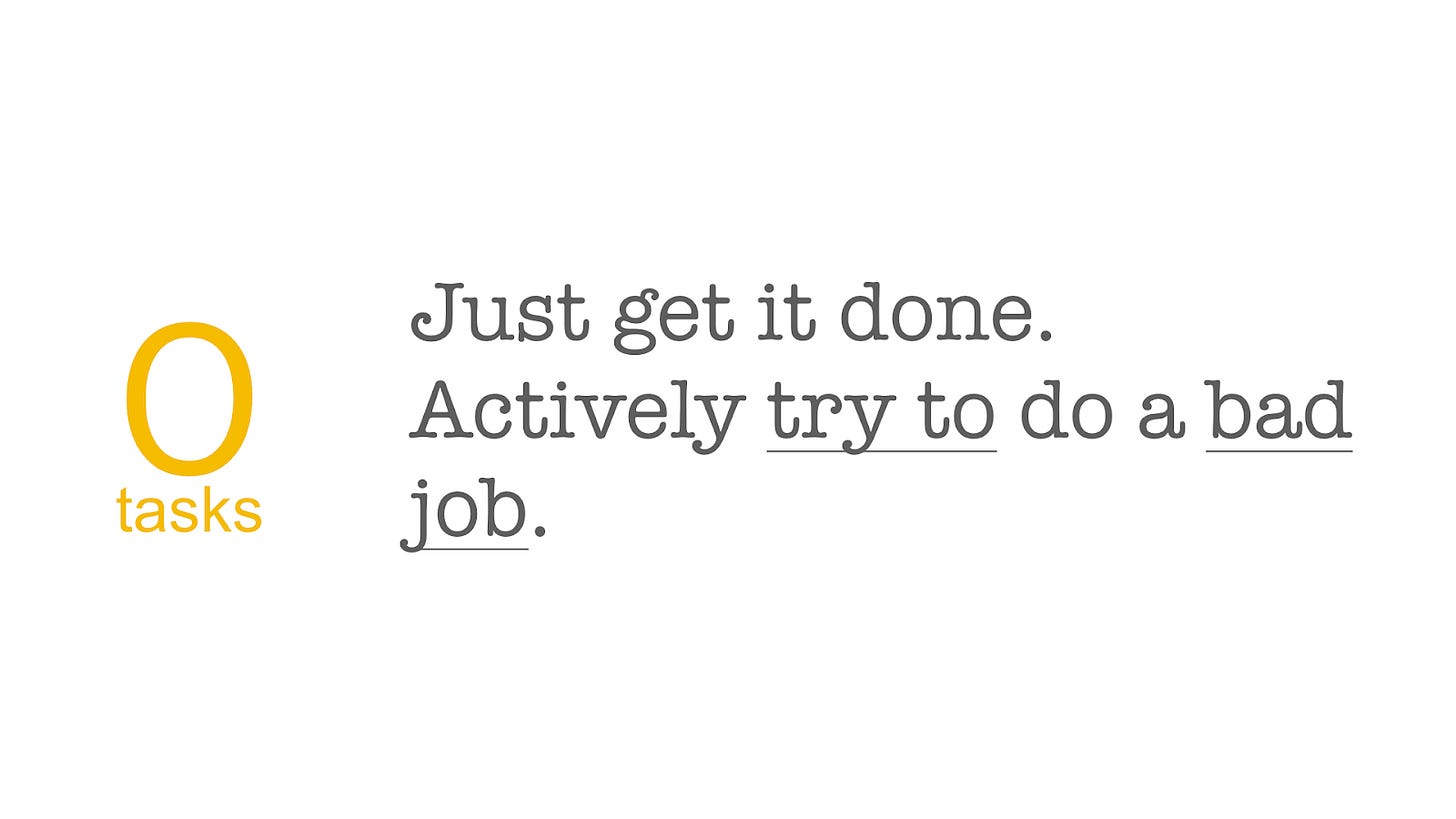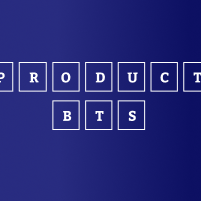How LNO Framework can get more done with less effort
Use the LNO framework to take control of your workload and get things done.
👋 Welcome to Product BTS, a behind-the-scenes look at how products made it happen.
Uncovering the stories of early-stage product success through in-depth analyses of their growth strategies and tactics.
Imagine that you have a lot of homework to do, and you're feeling overwhelmed. You have a math assignment, a science project, a history essay, and a foreign language quiz. You also need to help out around the house and practice for your soccer game.
If you don't have a plan, you're likely to start working on the first task that comes to mind, without considering how important it is or how long it will take. This could lead to you procrastinating on the most important tasks, or spending too much time on tasks that are less important.
Now suppose you are a product manager at a company and are responsible for a wide range of tasks, from defining the product vision to managing the launch of new features. When we sit down at our desks and open up our to-do lists, we are overwhelmed by all the tasks we need to complete that day or week. We often just start working on whatever task comes to mind first, without taking the time to prioritize or plan. It can be difficult to prioritize these tasks and ensure that you're spending your time on the most important things.
A framework can help you to organize your tasks and focus on the ones that will have the biggest impact. The LNO framework is a popular framework for product management that can help you to do this.
What is the LNO framework?
The LNO framework stands for Leverage, Neutral, and Overhead created by Shreyas Doshi It is a simple but effective framework for prioritizing tasks based on their impact and effort.
Leverage (L) tasks are those that have a high impact on the product and/or the company, but require relatively little time and effort. Product managers should focus their time on leverage tasks, as they will have the biggest impact on the bottom line.
What Shreyas is saying is that these are the tasks you should be a perfectionist about, and do your very best, because they are worth the effort.
Neutral (N) tasks are those that have a moderate impact on the product and/or the company, and require a moderate amount of time and effort. Product managers should prioritize neutral tasks over overhead tasks, but should not spend too much time on them.
Overhead (O) tasks are those that have a low impact on the product and/or the company, and require a lot of time and effort. Product managers should try to minimize the amount of time they spend on overhead tasks.
The Bottom line
The LNO framework can be used to prioritize tasks based on the effort required and the potential reward. Here’s a quick summary on LNO framework:
The first step is to identify which task goes into which category. After identifying the tasks, the key is to spend less time on tasks that are overhead, and use that time to work on leverage tasks. If you have less time, try to delegate overhead tasks (not very recommended).
An example shared by Shreyas on how his to-do lists looks before and after using LNO framework. (Before vs After)
This framework improved the quality of my life as a PM & my work more than anything else I’ve encountered.
— Shreyas doshi
Increase your impact and take full control of your life by using LNO!
Use this notion template for LNO framework.
Alternatives to the LNO framework
There are a number of other frameworks that product managers can use to prioritize their work. Some popular alternatives to the LNO framework include:
The Eisenhower Matrix
The Value vs. Effort Matrix
The RICE Prioritization Model
If you’ve got something to add, I’d love to hear it 👇
📚 Further study
If you find this newsletter helpful, please subscribe and share it with a friend.
Thank you so much for reading today.
Until next time.
— Ahsen ✌️



